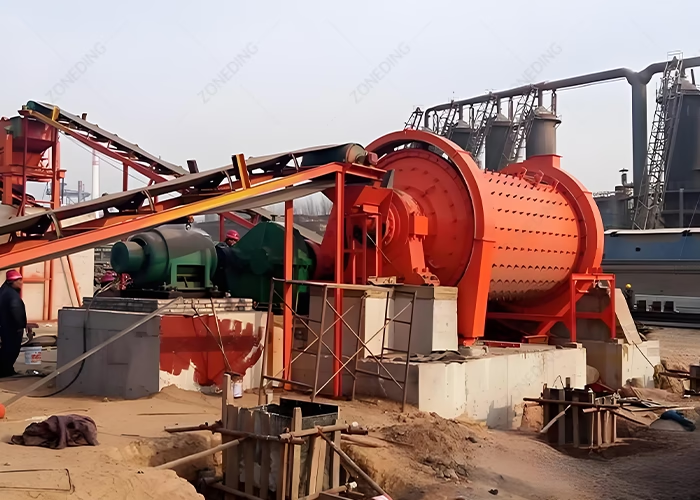全站搜索
Search the entire website
Search the entire website
A modern pyrophyllite processing plant must be engineered to prevent iron contamination and achieve precise particle size distribution. This is accomplished by selecting the right grinding technology—such as a ceramic-lined ball mill with an air classifier or a jet mill—to meet the specific quality demands of high-value markets like ceramics, paints, and plastics.
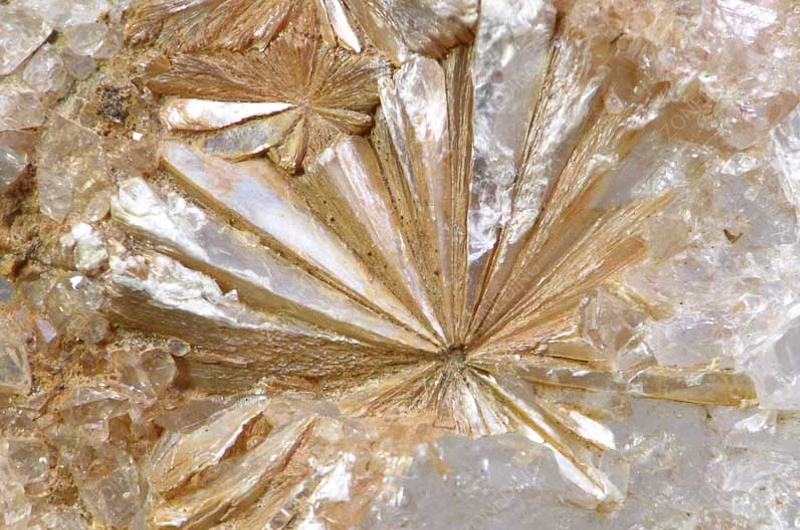
Customers in high-end applications are not just buying a filler; they are buying performance, and whiteness is a primary indicator of purity.
Whiteness (or brightness) is a direct measure of purity and the absence of contamination. High whiteness pyrophyllite commands a premium price because it will not discolor the final product, whether it is a ceramic glaze, a white paint, or a high-end plastic. Even a small drop in whiteness suggests contamination and downgrades the product’s value.

The biggest enemy of whiteness is iron contamination introduced during the grinding process. A pure, white pyrophyllite ore can easily be turned into a low-value gray powder by using the wrong mill. This contamination comes from the abrasion of steel components inside the mill, such as the rollers, rings, or grinding balls. For applications like ceramic grade pyrophyllite, where the powder is fired at high temperatures, even trace amounts of iron can cause significant yellow or brown spotting, leading to product rejection. Therefore, maintaining the natural whiteness of the mineral through a carefully designed, contamination-free process is the first step to maximizing its value.
Preventing contamination is not an afterthought; it must be a core principle of the plant design from the very beginning.
To prevent iron contamination, the pyrophyllite grinding plant design must eliminate any contact between the mineral and steel grinding surfaces. The most effective solutions include using a ceramic ball mill with alumina balls and liners, or employing a fluid bed jet mill where the grinding occurs through particle-on-particle collision.
While a powerful magnetic separator is essential to remove tramp iron from the feed, it cannot stop the contamination caused by the abrasion of the mill itself.
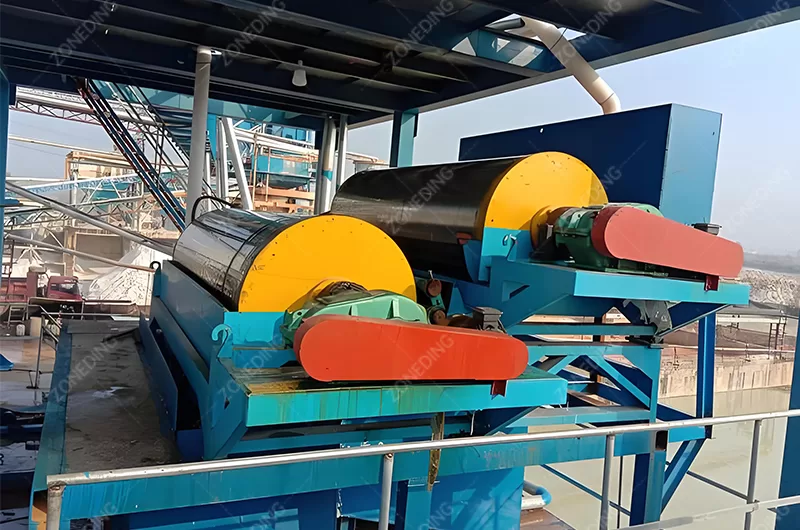
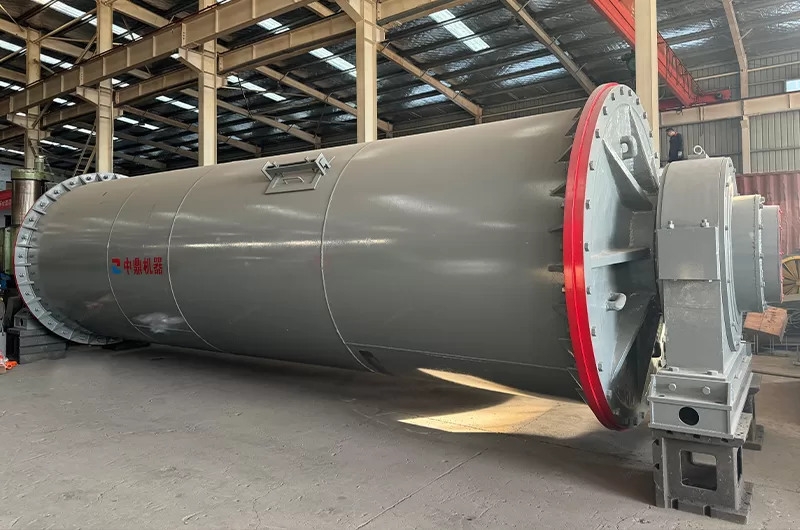
| Method | Description | Purity Level |
|---|---|---|
| Magnetic Separation | Removes tramp iron from the raw feed before the mill. | Good (Essential First Step) |
| Ceramic Components | Replaces steel grinding parts (rollers, rings) in a Raymond mill with ceramic alternatives. | Better (A Compromise) |
| Ceramic Lined Mill | Uses a ball mill completely lined with alumina bricks and charged with ceramic grinding balls. | Excellent (Industry Standard) |
| Jet Mill (Fluid Bed) | Uses high-velocity air to make particles collide with each other, avoiding all grinding media. | Ultimate (Highest Purity) |
This is the most important strategic decision you will make. It defines your market, your investment level, and your profitability.
The choice between producing a standard 325 mesh (45 micron) powder and an ultrafine pyrophyllite powder of 1250 mesh (D97 < 10 micron) or finer dictates the entire process technology. A modified Raymond mill can produce 325 mesh, but achieving ultrafine, high-purity specifications requires a more advanced system like a ball mill with a high-performance air classifier or a jet mill.
This decision is about market positioning.
The Raymond mill is a workhorse in the powder industry, but for high-purity pyrophyllite, it has limitations.
A standard Raymond mill for pyrophyllite is a cost-effective solution for producing general-purpose powders up to 325-400 mesh. However, due to its metal grinding components, it struggles to produce the high whiteness pyrophyllite required by more demanding markets. Modifications can help, but it remains a compromise for high-purity applications.
The grinding action in a Raymond mill occurs between a steel roller and a steel ring. This constant abrasion is the primary source of iron contamination that darkens the powder. While it is an excellent and economical choice for many minerals, it is fundamentally challenged when whiteness is the key performance indicator. For mid-range applications, some operators may experiment with ceramic-coated rollers and rings, but this often leads to higher wear rates and is not a true non-contaminating solution. It is best suited for producing refractory-grade or general filler powders where absolute whiteness is not the top priority.
For serious producers of high-value pyrophyllite, a closed-circuit ball mill system is the professional standard.
A ceramic ball mill operating in a closed circuit with a high-efficiency air classifier is the most flexible and scalable system for producing a wide range of fine and high whiteness pyrophyllite powders (e.g., 800 mesh to 2500 mesh). This system completely eliminates iron contamination and provides precise control over the final particle size distribution.
This combination offers superior control and quality. The ceramic ball mill, with its alumina brick lining and alumina grinding balls, ensures that the only thing touching the pyrophyllite is ceramic, guaranteeing purity. The external air classifier is the brain of the operation. By adjusting the classifier’s rotor speed and airflow, you can precisely select the desired cut point, allowing you to produce different grades of powder (e.g., D97=15μm, D97=10μm, D97=8μm) from the same system. This flexibility allows you to serve multiple markets and adapt your product line to changing customer demands.
For the absolute highest end of the market, a different technology is required that uses no grinding media at all.
A fluid bed jet mill (or air classifying mill) is the ultimate solution for producing the finest (D50 < 3 microns) and purest ultrafine pyrophyllite powder. It operates on a principle of particle-on-particle autogenous grinding, which results in zero contamination and can preserve the mineral’s natural platy particle shape, a key feature for functional fillers.
Inside a jet mill, compressed air is forced through nozzles at supersonic speeds, accelerating the pyrophyllite particles and causing them to collide with each other with tremendous energy. The grinding is done by the particles themselves, completely eliminating any contact with metal or ceramic media. This process is ideal for producing top-tier products for cosmetics, specialty plastics, and advanced coatings. While the plant investment cost and energy consumption are higher than other methods, the premium price commanded by these ultra-pure, ultra-fine, functional powders can provide an excellent return on investment.
A successful plant is a series of well-integrated stages, each designed to protect the quality of the final product.
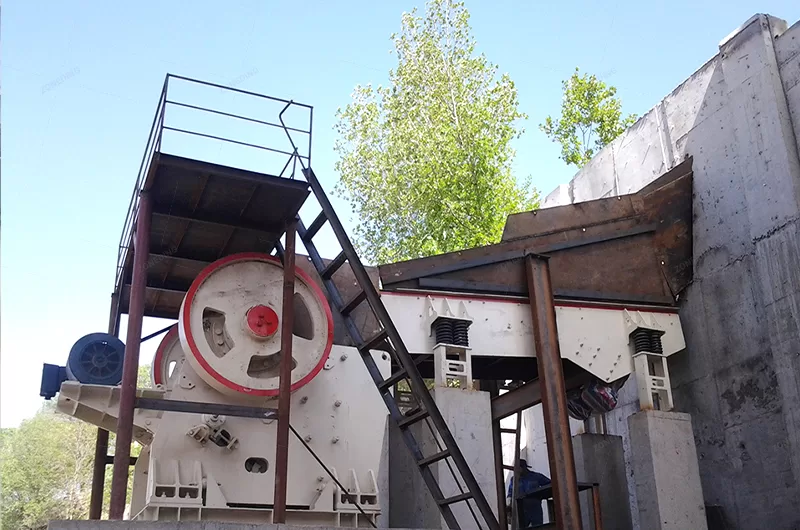
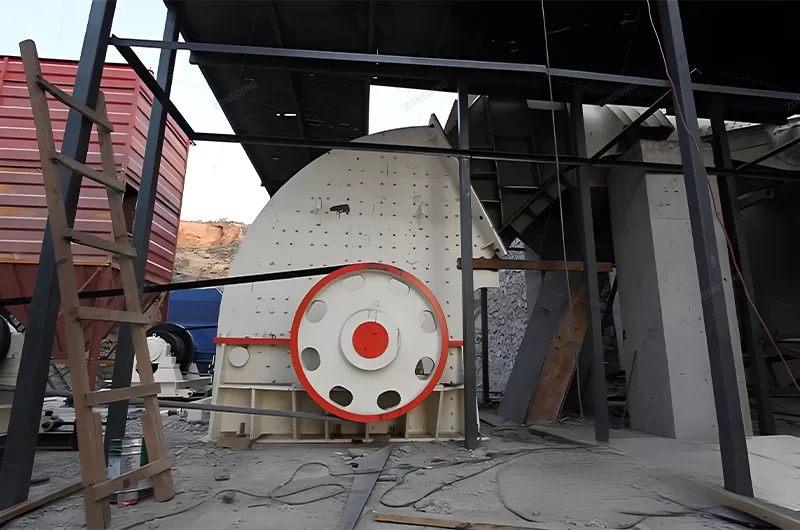
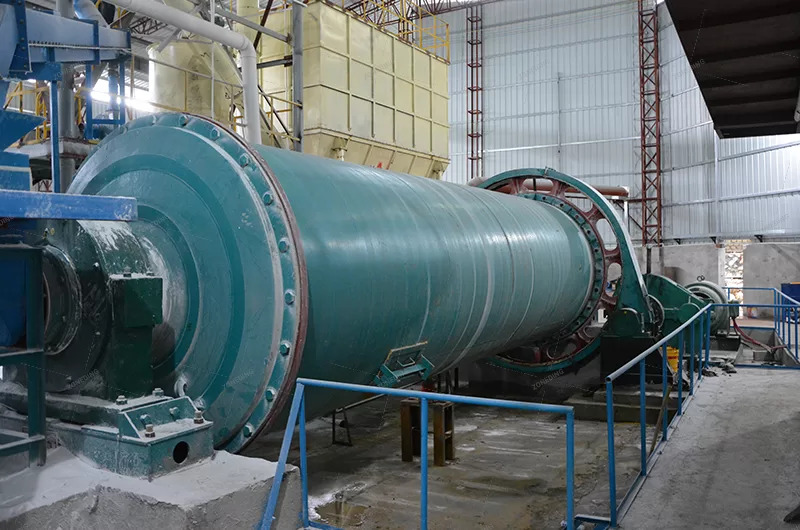
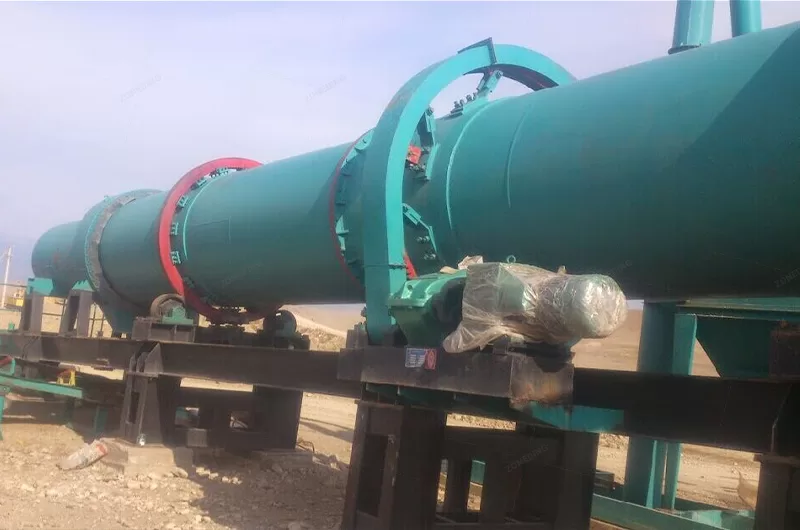
A complete pyrophyllite powder production line starts with primary crushing (jaw crusher), followed by secondary crushing (hammer crusher or fine crusher). The crushed material is then fed into the main grinding and classifying system (e.g., ceramic ball mill + air classifier). The final product is collected by a pulse jet dust collector and then transported to an automatic packaging machine.
Each step must be carefully considered. For instance, any moisture in the raw ore can cause clogging in the fine grinding stage, so a rotary dryer may be required after the crushing stage if the raw material is damp. The heart of the plant is the grinding and classifying loop, which determines the final product’s quality and value. The entire system, from the initial feed hopper to the final bagging station, must be designed as a single, integrated process to ensure efficiency, consistency, and profitability.
Designing a pyrophyllite grinding plant is a strategic exercise in value creation. By prioritizing the production of high whiteness, ultrafine pyrophyllite powder and selecting the appropriate contamination-free grinding technology, you can transform a simple mineral into a high-value specialty chemical, unlocking its true economic potential and securing a strong position in premium industrial markets.
